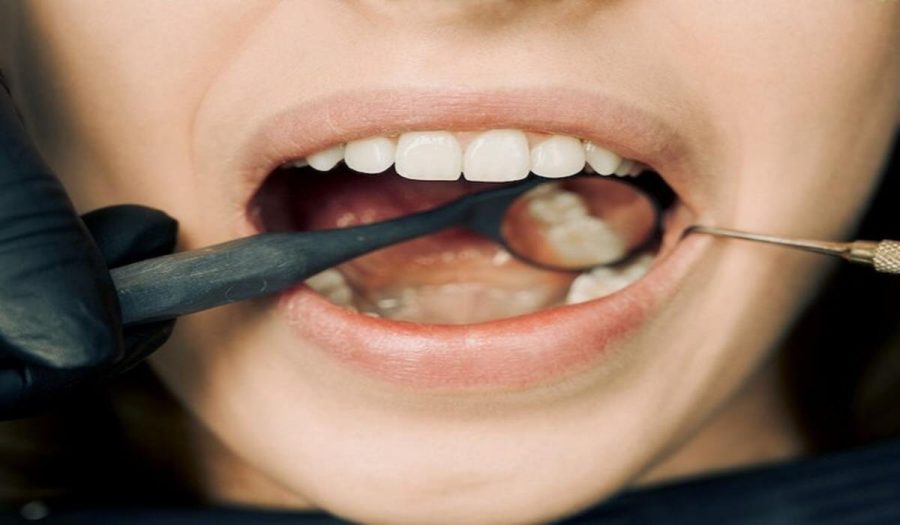
Wisdom teeth removal, also known as third molar extraction, is a common dental procedure performed to address various issues, such as pain, impaction, and crowding. To ensure patient comfort and safety during this surgery, different anaesthesia options are available. In this blog, we will explore the anaesthesia options for wisdom teeth removal Sydney that you should be aware of to make an informed decision about your oral surgery.
1. Local Anaesthesia
Local anaesthesia is the most common option for wisdom teeth removal. It involves the injection of anaesthetic medication directly into the area around the affected tooth or teeth. This effectively numbs the region and allows the oral surgeon to perform the procedure while you remain awake. While you will feel pressure and may hear some sounds during the surgery, you should not experience pain. Local anaesthesia is typically combined with other forms of sedation for anxious patients.
2. Nitrous Oxide (Laughing Gas)
Nitrous oxide, commonly known as “laughing gas,” is a mild sedative that can be used in combination with local anaesthesia to help ease anxiety and promote relaxation. It is inhaled through a mask placed over your nose and allows you to remain conscious during the procedure. Nitrous oxide is fast-acting and wears off quickly, allowing you to resume your regular activities after the surgery.
3. Oral Sedation
Oral sedation involves taking prescribed medication by mouth before the wisdom teeth removal procedure. This medication helps you relax and can make you drowsy, but you will typically remain conscious and responsive. It’s essential to follow your dentist’s or oral surgeon’s instructions regarding when to take the medication and whether you should have someone accompany you to the appointment.
4. Intravenous (IV) Sedation
Intravenous sedation is a stronger form of sedation administered through an IV line, usually in your arm. With IV sedation, you may remain conscious, but you may not remember the procedure due to the amnesic effects of the medication. It provides a deep state of relaxation and is often used for more complex wisdom teeth extractions or for patients with severe anxiety.
5. General Anaesthesia
General anaesthesia is the most comprehensive form of anaesthesia. It renders the patient completely unconscious and unaware during the procedure. Wisdom teeth removal under general anaesthesia is typically reserved for complex cases or for patients who have medical conditions that make it difficult to use other forms of anaesthesia. General anaesthesia is administered and monitored by an anaesthesiologist, ensuring the patient’s safety throughout the surgery.
These anaesthesia options will also determine the overall wisdom teeth removal cost Sydney.
Choosing the Right Anaesthesia Option
The choice of anaesthesia for your wisdom teeth removal will depend on several factors, including your overall health, the complexity of the extraction, and your personal preferences. Here are some considerations to help you decide:
- Medical History: Inform your oral surgeon about your medical history, allergies, and any medications you are currently taking. This information will help determine the most suitable anaesthesia option.
- Anxiety Levels: If you experience severe anxiety or fear regarding the procedure, discuss this with your oral surgeon. They can recommend an appropriate anaesthesia option to ensure your comfort and peace of mind.
- Complexity of Extraction: In cases where the wisdom teeth are deeply impacted or the procedure is expected to be more complicated, a stronger form of anaesthesia like IV sedation or general anaesthesia may be recommended.
- Recovery Time: Consider the recovery time associated with each type of anaesthesia. Lighter forms, like local anaesthesia and nitrous oxide, have shorter recovery times compared to general anaesthesia, which may require a longer period of recuperation.
- Cost: The cost of anaesthesia can vary depending on the type and your insurance coverage. It’s important to discuss the financial aspect with your oral surgeon’s office to ensure you are aware of any out-of-pocket expenses.
Post-Procedure Recovery and Aftercare
After your wisdom teeth removal procedure, you will be monitored by the dental team as you recover from the effects of the anaesthesia. You may experience some drowsiness, grogginess, or temporary memory loss depending on the type of anaesthesia used. It’s essential to follow all post-operative care instructions provided by your oral surgeon, including pain management, dietary restrictions, and oral hygiene.
In conclusion, understanding the available anaesthesia options for wisdom teeth removal is essential for making an informed decision that meets your needs and comfort level. Your oral surgeon will work with you to determine the most suitable anaesthesia option based on your individual circumstances, which influences the wisdom teeth removal price in Sydney. Talk to your dentist today.
Tags: wisdom teeth removal, wisdom teeth removal cost, wisdom teeth removal price

